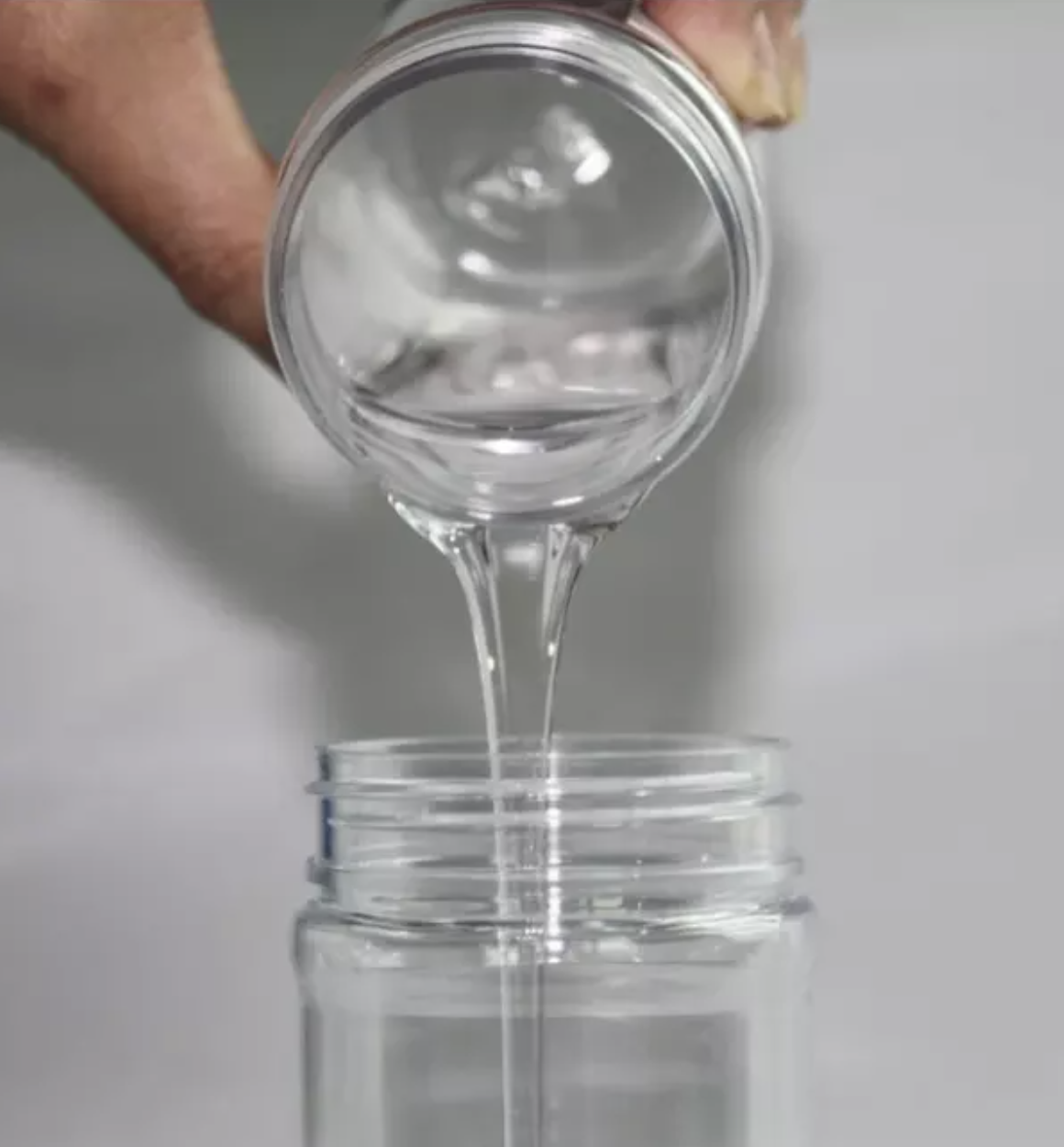Applications
Printing inks
Special features and benefits
The additive deflocculates pigments by means of steric stabilization. As a result of the small particle sizes of the deflocculated pigments, high levels of gloss can be achieved and the color strength is improved. The transparency is also increased and the viscosity is reduced. In this way, the flow characteristics are also improved and higher pigment loading is possible.
Recommended use
The additive is especially suitable for producing binder-free, stable pigment concentrates with a pigment content of 30–60%. These pigment concentrates can be let down with standard aqueous binders, for example acrylate dispersions or water-soluble acrylic resins.
Recommended levels
Amount of additive (as supplied) based upon pigment:
Titanium dioxide: 10–12%
Organic pigments, carbon blacks: 15–50%
The above recommended levels can be used for orientation. The optimum dosage should be determined by application-related test series.
Incorporation and processing instructions
Grinding should only take place in water (without binders, amines or co-solvents). Mix the additive with water and only add the pigments once the additive has been homogeneously and uniformly distributed.
Coatings industry
Special features and benefits
The additive deflocculates pigments by means of steric stabilization. As a result of the small particle sizes of the deflocculated pigments, high levels of gloss can be achieved and the color strength is improved. Transparency and hiding power are also increased and viscosity is reduced. In this way, the flow characteristics are also improved and higher pigment loading is possible.The additive is recommended for producing binder-free, stable pigment concentrates for aqueous coatings without flooding/floating.
Recommended levels
Amount of additive (as supplied) based upon pigment:
Inorganic pigments: 20–30%
Titanium dioxide: 10–12%
Organic pigments: 30–75%
Carbon black: 130–150%
The above recommended levels can be used for orientation. The optimum dosage should be determined by application-related test series.
Incorporation and processing instructions
Grinding should only take place in water (without binders, amines or co-solvents). Mix the additive with water and only add the pigments once the additive has been homogeneously and uniformly distributed.
Adhesives and sealants
Special features and benefits
The additive improves the dispersion quality of fillers and pigments. By means of steric stabilization it deflocculates the pigments and fillers and reduces viscosity. In this way, the flow characteristics are also improved and higher pigment loading is possible. The additive is particularly recommended if the fillers and pigments are to be dispersed directly in water without binders.
Recommended levels
Amount of additive (as supplied) based upon pigment:
Inorganic pigments: 20–30%
Titanium dioxide: 10–12%
Organic pigments: 30–75%
Carbon black: 130–150%
Fillers: 1–3%
The above recommended levels can be used for orientation. The optimum dosage should be determined by application-related test series.
Incorporation and processing instructions
Dispersion should only take place in water (without binders, amines or co-solvents). Mix the additive with water and only add the fillers and pigments once the additive has been homogeneously and uniformly distributed.
